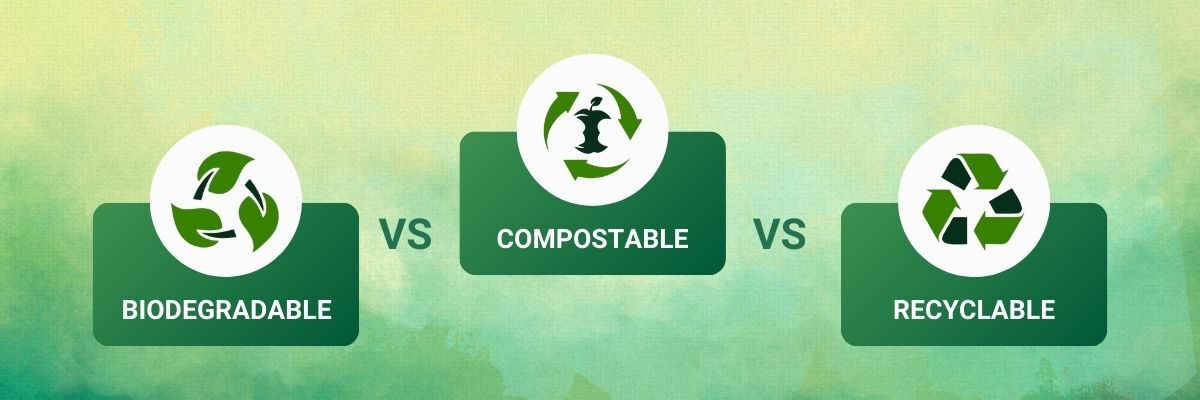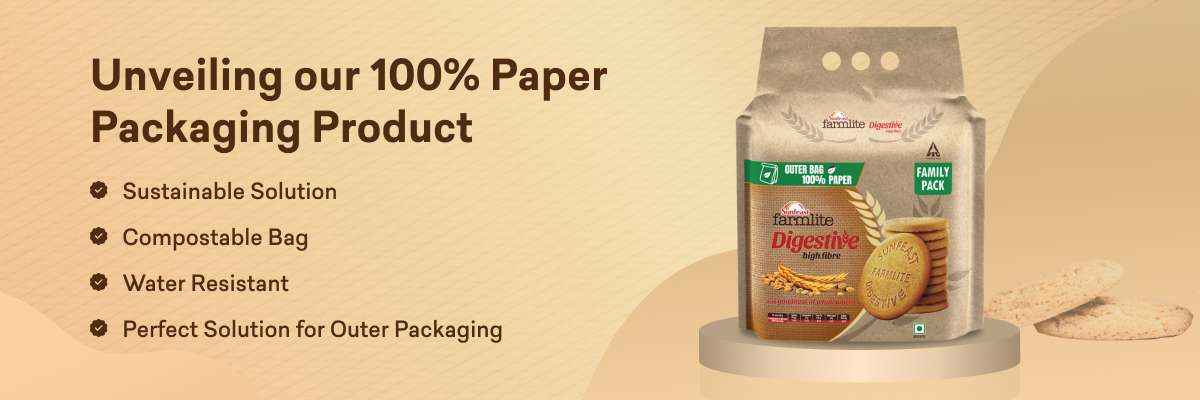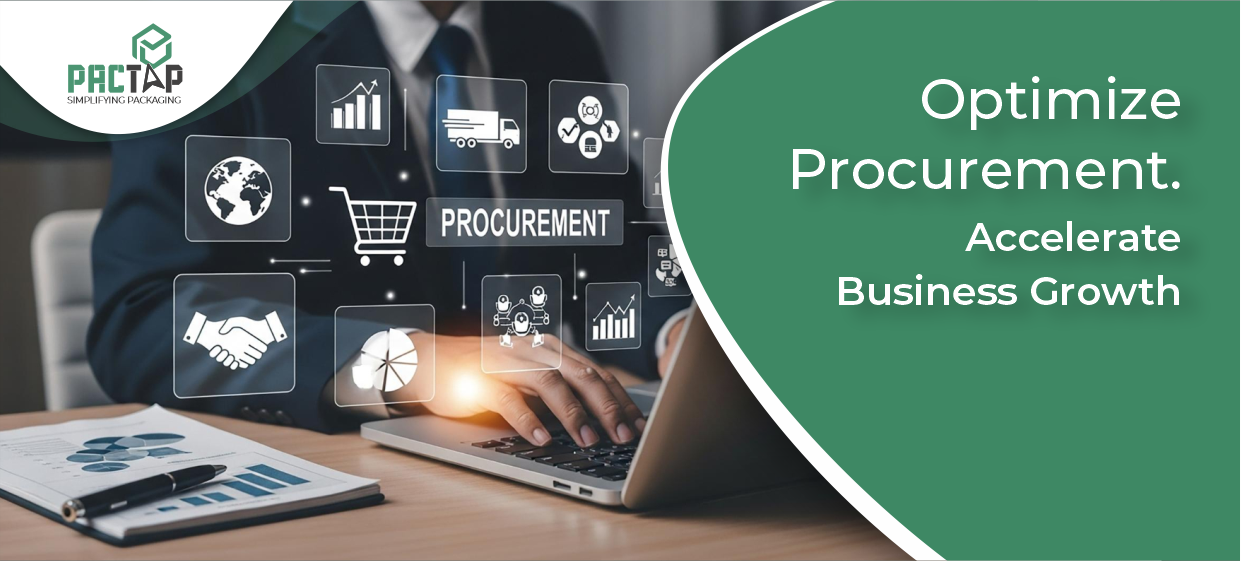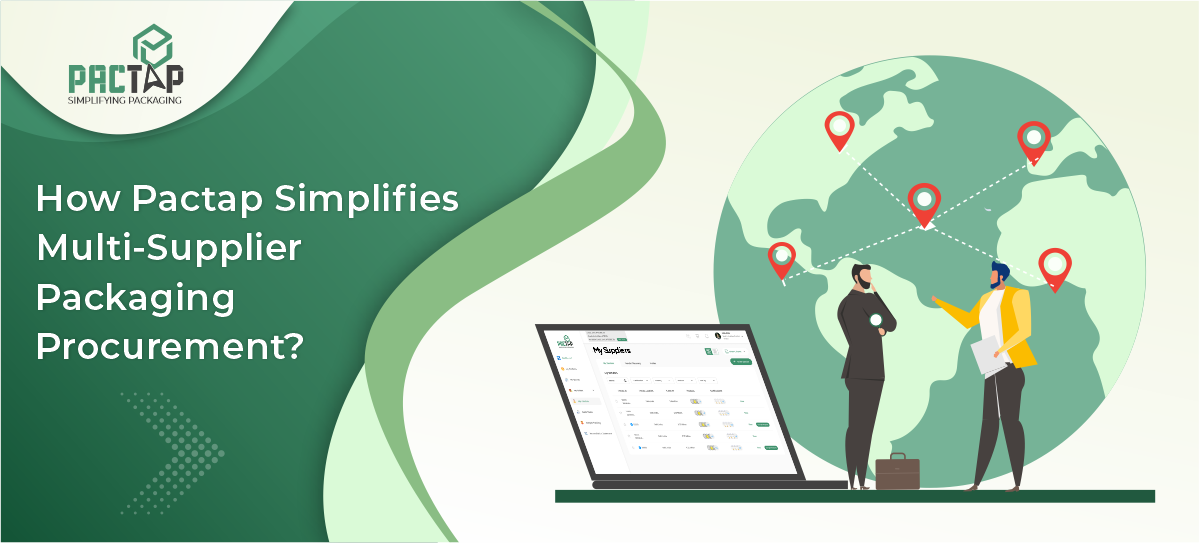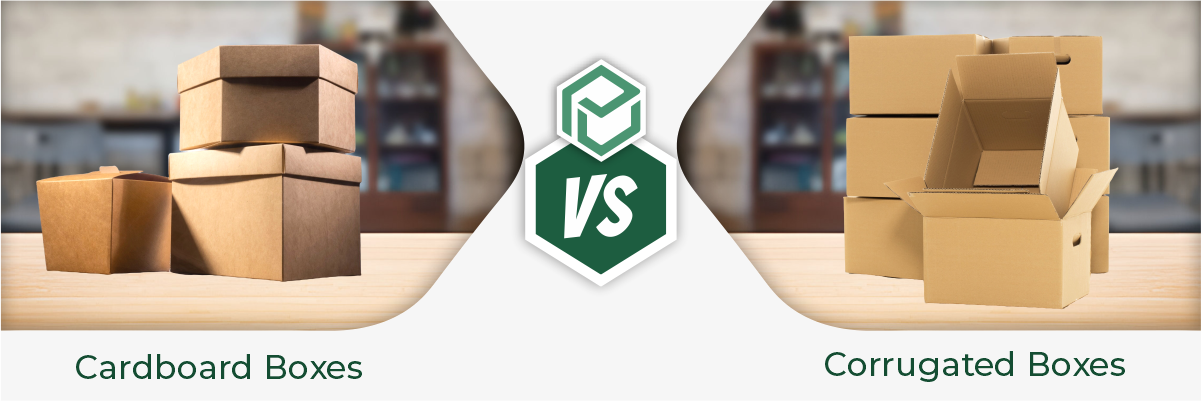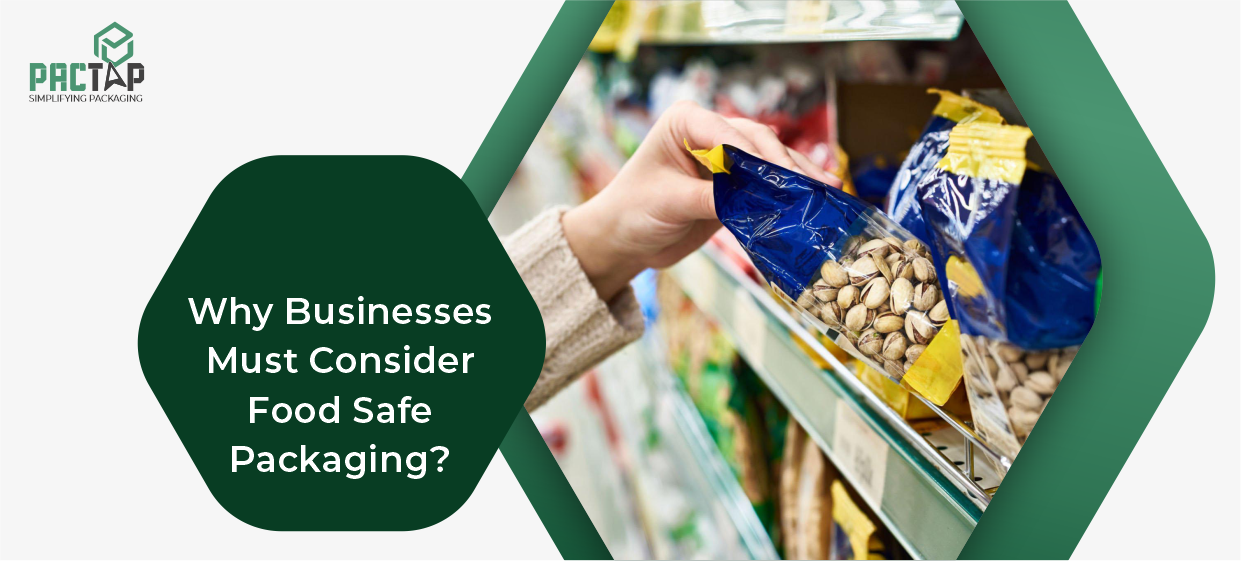In today’s eco-conscious world, navigating the maze of sustainable packaging options can leave you feeling bewildered. Begriffe (German for “terms”) like “biodegradable,” “compostable,” and “recyclable” get tossed around, but what exactly do they signify, and how do they differ? This comprehensive guide delves into these concepts, equipping you with the knowledge to make informed choices for a greener tomorrow.
Biodegradable vs. Compostable vs. Recyclable: A Quick Reference Table
| Feature | Biodegradable | Compostable | Recyclable |
| Definition | Breaks down natural environment | Breaks down quickly in a controlled composting environment | Can be reprocessed into new products |
| Examples | Food scraps, yard pen spark waste, untreated wood | Food scraps, yard trimmings, and certified compostable products | Paper, cardboard, glass, metal, and some plastics |
| Breakdown Time | Varies (weeks, months, or years) | 6-12 weeks typically | Varies depending on the material |
| Benefits | Reduces landfill waste | Reduces landfill waste, creates nutrient-rich soil | Minimizes energy use and dependence on virgin resources |
| Considerations | Breakdown time may be slow, not ideal for all environments. | Requires specific composting conditions | Requires proper sorting and cleaning contamination can ruin entire batches |
| End Product | Water, CO2, biomass | Nutrient-rich compost | New products |
| Suitable for | Landfills (with limitations) | Composting facilities | Recycling facilities |
| Best Choice | No (unless other options are unavailable) | Yes, if feasible | Yes, if available and properly sorted |
Biodegradable: A Natural Decomposition Symphony
Biodegradable materials are the opening act in our sustainability play. They break down into harmless elements like water, carbon dioxide, and biomass through natural processes. Orchestrated by microorganisms like bacteria and fungi. Imagine food scraps and yard waste gracefully waltzing into a compost pile, eventually becoming one with the earth. Biodegradable materials include:
- Food Scraps and Yard Waste: These decompose readily in compost piles or landfills, although the speed can vary depending on factors like moisture and temperature.
- Natural Fabrics: Cotton, wool, and linen eventually biodegrade, although synthetic blends may take considerably longer. Think of a discarded cotton t-shirt slowly returning to the earth over time.
- Untreated Wood: While slow to decompose, untreated wood breaks down naturally over time. Picture a fallen branch slowly returning nutrients to the forest floor.
Important Considerations in Biodegradable
- Breakdown Time is a Balancing Act: Biodegradation can take weeks, months, or even years depending on the material and environmental conditions. A banana peel decomposes much faster than a wooden log.
- Landfills: Not the Ideal Stage: Landfills often lack sufficient oxygen and sunlight, slowing down biodegradation. Imagine a food scrap trapped in a dark, airless environment – decomposition takes a backseat.
- Not Always Compost-Friendly: Some biodegradable materials, like chemically treated wood, can disrupt the delicate balance in a compost pile. Think of adding bleach to a carefully curated batch of ingredients – the recipe goes awry!
Compostable: From Waste to Riches in the Composting Arena
Compostable materials are the stars of the show in the world of responsible waste management. They are a specific subset of biodegradables that break down quickly and safely in a controlled composting environment. This breakdown process transforms them into a nutrient-rich soil amendment, a valuable resource for plant life. Imagine food scraps and yard trimmings taking center stage, transforming into a dark, crumbly treasure that nourishes gardens. Here are some prime examples of compostable materials:
- Food Scraps: Fruits, vegetables, eggshells, and coffee grounds are the leading performers in the composting world.
- Yard Trimmings: Leaves, grass clippings, and small twigs add valuable nutrients to the compost mix. Picture these yard trimmings playing a supporting role in creating the perfect soil amendment.
- Certified Compostable Products: Look for labels like “USDA Certified Compostable.” for disposable items like cups, plates, and cutlery. These ensure they break down safely and quickly in a composting environment.
Benefits of the Composting Spotlight:
- Reduced Landfill Woes: Diverts organic waste from landfills, minimizing methane emissions, a potent greenhouse gas. Imagine diverting food scraps from landfills, reducing their environmental impact.
- Creating a Nutrient Powerhouse: Compost improves soil fertility, reducing reliance on chemical fertilizers. Picture healthier plants thriving with the help of nutrient-rich compost.
- A Sustainable Cycle Takes Center Stage: Food scraps become valuable compost, nurturing new plant growth. It’s a beautiful closed-loop system where waste becomes a resource.
Considerations Backstage
- Home Composting Requires the Right Script: Maintaining a proper balance of moisture, oxygen, and temperature is key for successful home composting. Think of creating the perfect conditions for the actors (microorganisms) to perform their job.
- Industrial Composting Facilities Offer a Larger Stage: These facilities provide a larger-scale solution for managing organic waste. Imagine a grand theater where tons of organic waste are transformed into valuable compost.
- Check Local Regulations: Not all compostable materials are accepted in all composting programs. Always check the script (local guidelines) before adding anything to your compost pile.
Recyclable: Giving Materials a Second Life on the Recycling Stage
Recyclable materials are the understudies in our sustainability play, ready to step into the spotlight and take on a new role. They can be processed and transformed into new products, minimizing the need for virgin resources. Imagine a plastic bottle being transformed into a fleece jacket – a complete makeover! Here are some common recyclable materials:
- Paper and Cardboard: Newspapers, magazines, and cardboard boxes can be recycled into new paper products. Picture a newspaper getting a second chance as a recycled notebook.
- Glass: Glass bottles and jars can be crushed and melted to create new glass containers. Imagine a discarded wine bottle becoming a sleek olive oil bottle, ready for a new life.
- Metal: Aluminum cans, steel food containers, and many other metals can be recycled endlessly without losing quality. Picture an aluminum can being reborn as a shiny new bicycle frame.
- Plastic: Certain types of plastic can be recycled into new plastic products, though recycling rates for plastic are lower compared to other materials. Imagine a plastic milk jug being transformed into a sturdy fleece jacket.
The Importance of Recycling on the Sustainability Stage:
- Conserves Resources: Reduces reliance on extracting new raw materials, and protecting natural ecosystems. Imagine preserving forests by giving the paper a second life.
- Lowers Energy Consumption: Recycling often requires less energy than producing new products from scratch. Picture using less energy to create a recycled aluminum can compared to mining new bauxite ore.
- Reduces Landfill Waste: Diverts recyclable materials from landfills, extending their lifespan and minimizing environmental impact. Imagine a world where fewer plastic bottles end up in landfills, polluting our environment.
Challenges Backstage in Recycling:
- Contamination: Incorrectly sorted recyclables can contaminate entire batches, rendering them unusable. Imagine a perfectly good plastic bottle being rejected because of a rogue food scrap – a true backstage disaster!
- Limited Recyclability: Not all plastics or materials are readily recyclable due to technical or economic limitations. Imagine a specific type of plastic that doesn’t have a well-established recycling infrastructure.
- Market Demand: The recycled materials need a robust market to ensure their viability. Imagine a world where there’s a high demand for recycled products, keeping the recycling cycle thriving.
Making Informed Choices: The Sustainable Hierarchy Takes the Stage
Now that you’ve met the stars of the show – biodegradable, compostable, and recyclable materials – it’s time to understand the order of their performances for maximum sustainability impact. Imagine a hierarchy where each role plays a crucial part:
- Reduce: Minimize waste generation by using less packaging overall. Opt for reusable alternatives like cloth bags or containers whenever possible. Think about bringing your own reusable grocery bags instead of relying on plastic ones.
- Reuse: Give products a second life before discarding them. Repurpose containers or choose products with refillable options. Imagine refilling your water bottle instead of buying a new one each time.
- Compost: Utilize compostable materials for organic waste whenever feasible. This ensures valuable nutrients are returned to the soil. Picture turning your food scraps into nutrient-rich compost for your garden.
- Recycle: Choose products made from recycled content and ensure proper sorting when recycling. This gives materials a second chance to shine. Imagine buying products made from recycled plastic, contributing to a closed-loop system.
Biodegradable: If the above options are unavailable, opt for products that will eventually break down naturally. This minimizes their long-term environmental impact. Imagine choosing a biodegradable phone case over a conventional plastic one, knowing it will eventually decompose.
Conclusion: The Sustainable Stage Awaits Your Action
Understanding the intricacies of biodegradable, compostable, and recyclable materials empowers you to play a starring role in building a more sustainable future. By prioritizing reduction, reuse, and responsible disposal practices, we can collectively minimize waste and create a greener tomorrow. Remember, every informed choice you make, every reusable bag you use, and every item you properly recycle or compost contributes to a healthier planet for generations to come. Take a bow for your commitment to sustainability.
